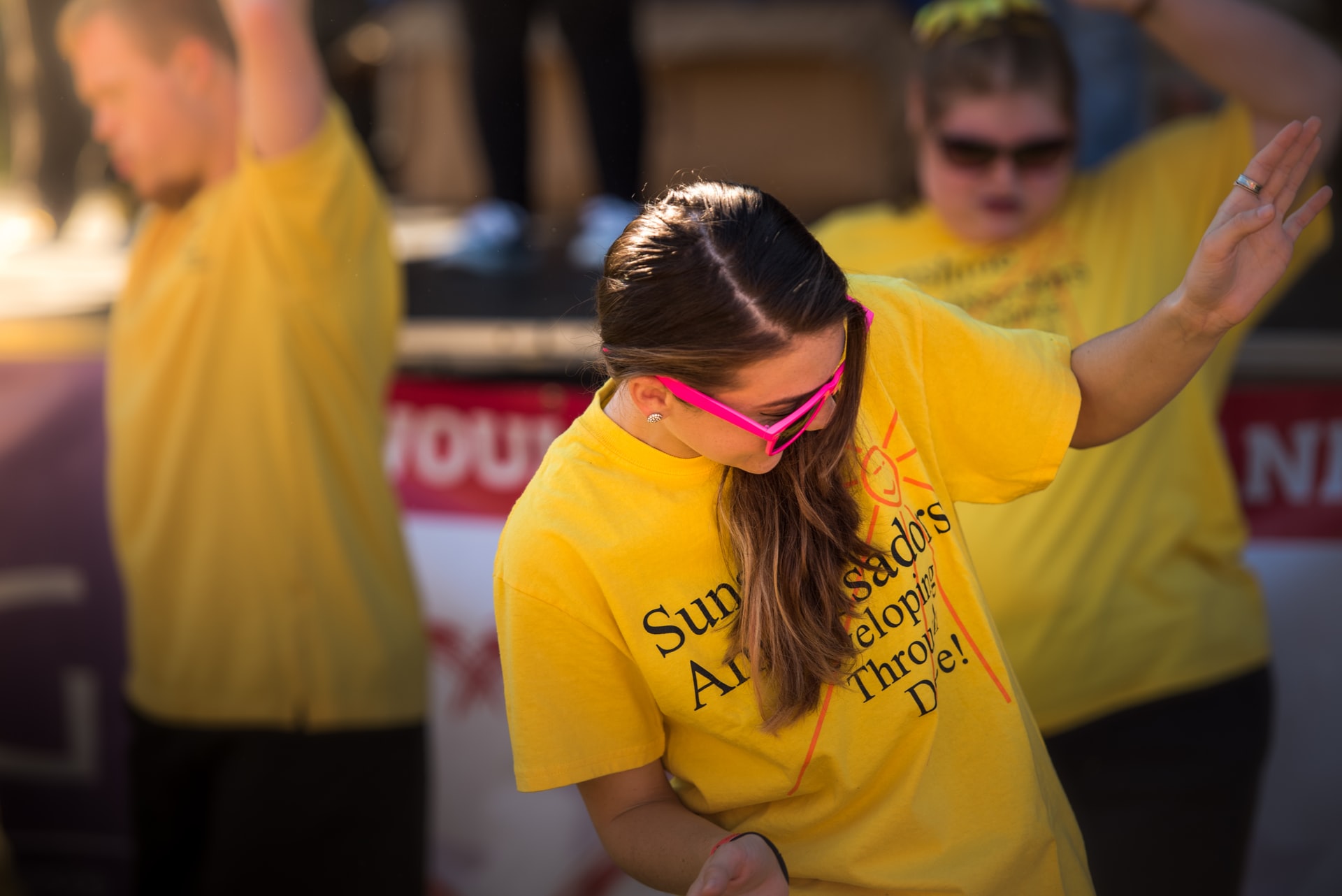Are you looking for ways to teach students to react appropriately when peers attempt to be nice to them? If so, keep reading.
1. Urge the student to interact with others.
2. Convey your feelings in a socially acceptable way.
3 Embody appropriate ways to respond to interactions with other students or teachers.
4. Utilize feedback related to performance (e.g., test scores, grades, etc.) in place of praise or recognition. As the student becomes more capable of accepting praise and recognition, slowly deliver oral praise and recognition.
5. Praise the student for responding properly to praise or recognition based on the number of times they can be successful. As the student shows success, slowly increase the number of times required for reinforcement.
6. Praise those students in the classroom who respond properly to praise or recognition.
7. Recognize and praise the student in private. The public aspect of praise or recognition is often the cause of the unacceptable response.
8. Assess the appropriateness of the social situation concerning the student’s capacity and ability to be successful.
9. Give chances for appropriate interactions within the classroom (e.g., peer models engaged in appropriate interactions).
10. Always treat the student with the utmost respect. Talk objectively at all times.
11. Give praise or recognition for smaller increments of success so that the student may slowly become accustomed to the recognition.
12. Give the student positive feedback that indicates they are essential.
13. Instead of emphasizing winning or “beating” other students in competition, urge individual success or progress that may be enjoyed privately rather than publicly.
14. Praise the student for responding properly to others’ attempts to be friendly, complimentary, sympathetic, etc.: (a) give the student a concrete reward (e.g., privileges such as leading the line, handing out learning materials, 10 minutes of free time, etc.) or (b) give the student an informal reward (e.g., praise, handshake, smile, etc.).
15. Talk with the student to explain(a) what they are doing wrong (e.g., using unacceptable language, responding negatively, calling names, making unacceptable gestures, etc.) and (b) what they must be doing (e.g., being positive in response to others).
16. Assist the student in creating social understanding (e.g., people may be embarrassed by what you say, feelings can be hurt by remarks, tact is the best policy, remember interactions that have made you feel excellent and treat others in the same manner, etc.).
17. Show praise with a matter-of-fact delivery and avoid exaggerated exclamations of success.
18. Utilize alternative forms of praise or recognition that are not menacing to the student (e.g., written notes, telephone calls to parents, display work done well, etc.).
19. Show respect for the student’s right to a sensible amount of privacy.
20. Attempt several groupings to ascertain the situation in which the student is most comfortable.
21. Give praise and recognition as a natural consequence for appropriate behavior.
22. Draft an agreement stating appropriate ways to respond to others and find which reinforcement will be implemented when the agreement has been met.
23. Consider using a classroom management app. Click here to view a list of apps that we recommend.
24. Consider using an adaptive behavior management app. Click here to view a list of apps that we recommend.
25. Consider using Alexa to help the student learn to behave appropriately. Click here to read an article that we wrote on the subject.
26. Click here to learn about six bonus strategies for challenging problem behaviors and mastering classroom management.





